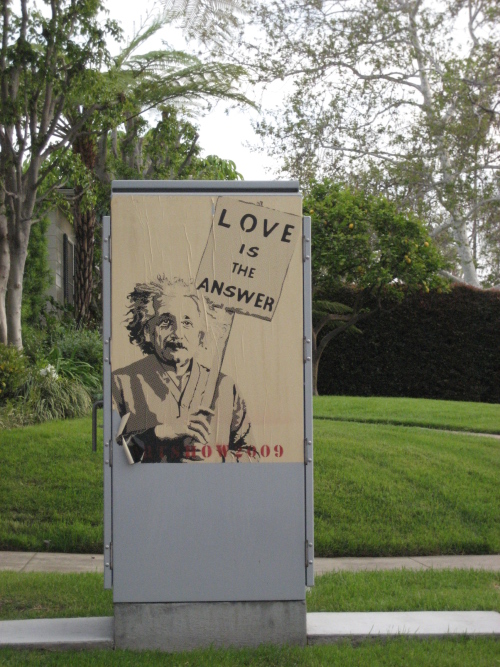
My grandfather’s letter to his carnal, 1946
When I was in elementary school (Hillcrest Elementary in Monterey Park) I was often asked the question: “What are you?” Sometimes I would act coy and answer “What do you mean?” but I knew what they meant. Then they’d ask “What’s your nationality?” and I’d say “American” but I knew that wasn’t the answer they wanted. Then they said “No, your parents.” And I’d say “They’re American too.” After being surprised by that answer they would finally ask “Aren’t you Mexican?” And I’d answer “Yes” but thinking to myself : Of course, I’m Mexican. The whole school is filled with Mexican and Chicano kids with the odd Cuban or Central American kid thrown in. The rest of the students were Asian and I’m sure they weren’t asked such questions.
Then I would get asked the question that I’d been really trying to avoid in the first place “What state of Mexico is your family from?” There is no Mexican that has not been asked this question, I even ask it to other Mexicans myself. I’ve always felt awkward answering though because my family has been here for a few generations and I have no real ties to any state in Mexico. I have no grandparents to visit, no Mexican cousins, no houses to visit during the holidays and yet I had to give an answer. I would reply “My mother’s family from Sonora and my father’s family from Michoacan.” Then there’d be this “Oh” as if my response said everything they could possibly want to know about me. In Mexican culture the state you are from is a big deal and there are enough cultural variations in each state for this assessment to be real.
For instance, I’ve always had a slight prejudice against people from Guadalajara, Mexico. Perhaps it’s been because most of the folks I’ve met from Guadalajara here in Los Angeles tend to have more money and also more European heritage which I think makes them slightly snobby. Lately too, as I’ve been doing research on my family genealogy and history, I’ve really come to identify with the states of my maternal great grandparents: Sonora, Durango and Chihuahua. So perhaps, that’s influenced my preference for the northern states.
My paternal grandfather’s family has always been a bit of a black hole. The story passed down to me was my paternal grandfather was deported soon after my father was born and not allowed back into the US. My grandmother told me she was in love with my grandfather but her parents objected to their relationship and kept them apart. They weren’t married when my father was born. She told me my paternal grandfather would send letters but my grandmother’s father threw them away and eventually the tenuous lines of communication faded away.
After asking my dad a million times for info about his father, I finally got it out of him that he had some of these letters. I was thrilled! What secrets would I uncover? Would the mysteries and the countless fictional narratives I’ve created around this man finally be resolved? I’m still working my way through the letters and there’s quite a bit to analyze and decipher. I’ve been impressed by my grandfather’s writing skills, for a laborer/farm worker (perhaps he’d been more) he’s very articulate. It’s also interesting to notice the language variation between when he writes to my grandmother in a flowery and romantic way and the letter to his “carnal” (above) which is infused with border lingo.
The most shocking discovery about my grandfather’s past and one I would never have dreamed of, is that he and his family are from Guadalajara! My prejudices come back to haunt me. I knew he was from Jalisco but because he has always been so mysterious to me, I just assumed it might not be totally true. Guadalajara is where he finally returned after his unsuccessful attempts to make it to the US. There are few letters from a prison in Texas where he was kept after being caught trying to cross. Many sore spots surrounding his non-existence in my family’s life still persist, things better left unsaid on a public blog. My mother and father did try and look for him once in Guadalajara but their attempts were as unsuccessful as my grandfather’s border crossing skills.
According to the letters my grandfather and great-grandmother lived at this address:
Familia Ybarra-Ramos
Calle Independencia 110
Guadalajara, JAL, 44100, Mexico
Perhaps one day I will make a pilgrimage to Guadalajara and search the city for familiar faces.
excerpt from letter:
Pues yo cria que te avain castigado duro la migracion. Pero veo que eres invunerable y no hay frontera que se te cierre.


